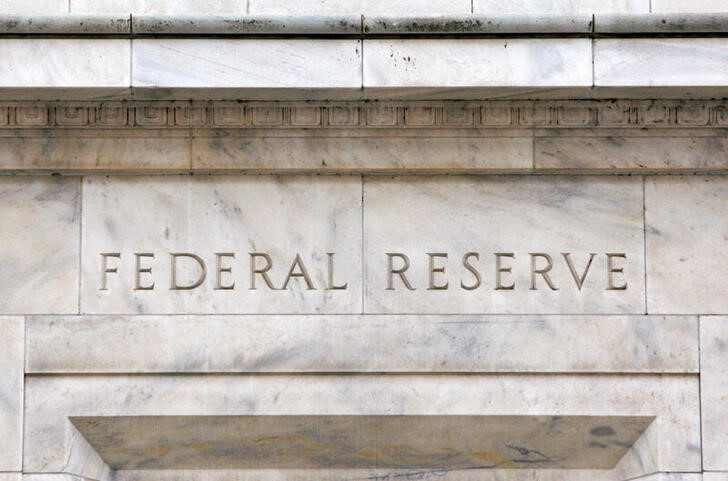By Yasin Ebrahim
Investing.com -- The economy grew modestly in July and August, and inflation slowed driven by slowing price pressures in the goods sector at a time when signs emerge that consumers have turned to borrowing to support spending after exhausting their savings, according to the Federal Reserve's Beige Book released Wednesday.
Economic activity was modest during July and August, but retail spending, excluding tourism spending, continued to slow, the Fed said in its Beige Book economic report, based on anecdotal information collected by the Fed's 12 reserve banks through Aug. 28.
"Some Districts highlighted reports suggesting consumers may have exhausted their savings and are relying more on borrowing to support spending," it added.
The uptick in consumer lending, however, has seen a rise in delinquencies on consumer credit lines, the report showed.
Signs of cracks in the consumer come as most districts reported a slowdown in hiring, according to the report, with labor cost pressures remaining elevated, though are likely to slow in the second half of the year.
"Nearly all Districts indicated businesses renewed their previously unfulfilled expectations that wage growth will slow broadly in the near term," the report said.
On the inflation front, most Districts reported price growth "slowed overall, decelerating faster in manufacturing and consumer-goods sectors," the report said.
The report comes just as chorus of Fed speak continues to suggest the central bank will skip a rate hike at its Sept. 20-21 meeting, keeping its benchmark rate in a range of 5.25% to 5.50%.
Recent upbeat economic data puts November hike in focus
“The risk of inflation staying higher for longer must now be weighed against the risk that an overly restrictive stance of monetary policy will lead to a greater slowdown in activity than is needed to restore price stability,” Federal Reserve Bank of Boston President Susan Collins said Wednesday.
But recent economic data showing strong services activity and fresh signs of inflation have put a November hike into focus.
The odds of rate-hike skip in later this month is nearly priced in at 90%, according to Investing.com's Fed Rate Monitor Tool. But the odds of a November hike jumped to nearly 50% from 38% a day earlier, according to Investing.com's Fed Rate Monitor Tool.
